How Far We've Come
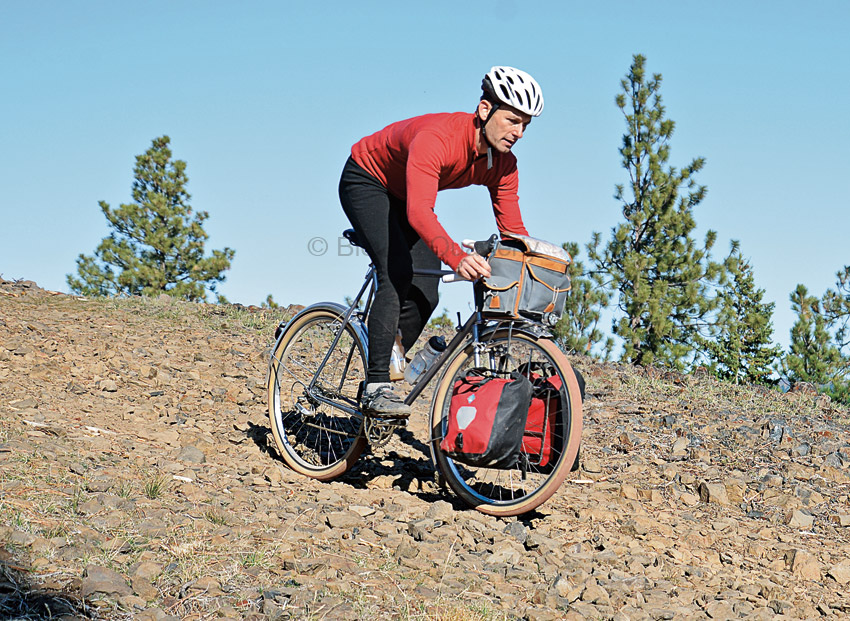
A few weeks ago, I was working on the third-ever issue of Bicycle Quarterly: Vol. 1 No. 3, a slim volume of 24 pages. We are reprinting this issue as part of our commitment to keep all this timeless content available. And many of the articles are indeed timeless, but I had to laugh when I read the editorial.
Twelve years ago, I lamented that fully integrated randonneur bikes were not available. I wrote: “I hope some ‘framebuilders’ will make the transition to ‘constructers’ and start offering complete, integrated randonneur bikes. […] It is up to us customers to demand better, to ask difficult questions, and finally to order the bikes.”
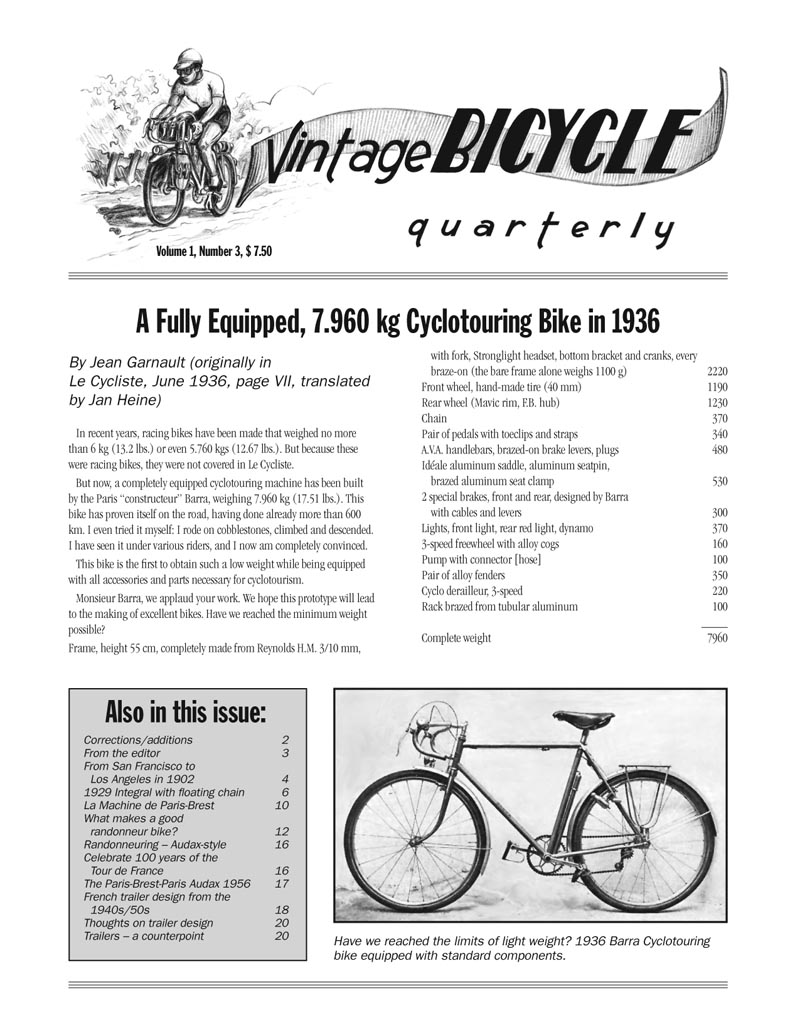
Back then, making a randonneur bike was exceedingly difficult. There were no wide high-performance tires. No fork crowns to fit wide tires. No flexible fork blades. No good brakes that could reach around wide tires and fenders. Few good fenders. No compact cranks. And there were few builders who could and wanted to build such a machine. And even those builders lamented that they could not get the parts they needed to make the bikes that we had in mind.
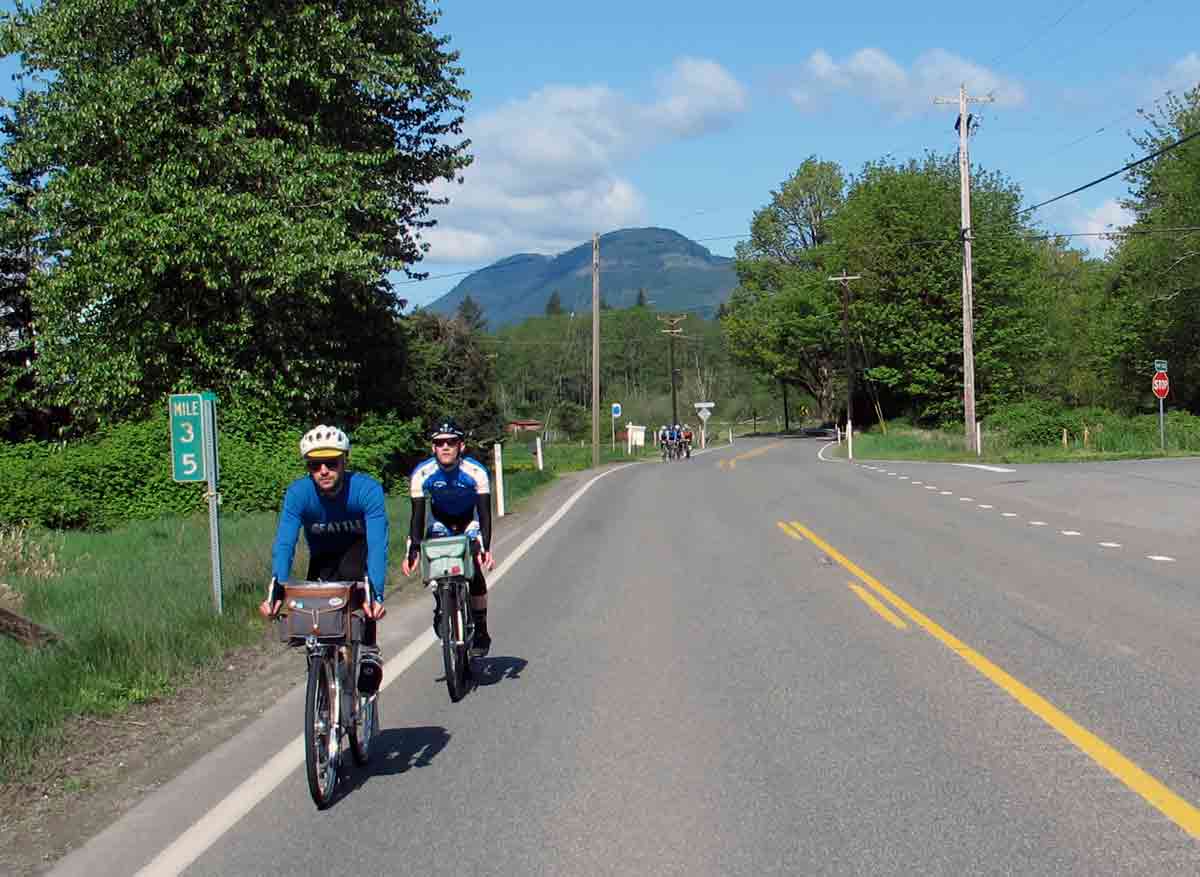
How much things have changed. Today, wide tires are commonplace. Not only Compass, but numerous other companies offer supple high-performance tires that are wider than the traditional racing sizes of 20-25 mm. Flexible fork blades and fork crowns for wide tires are no problem. Centerpull brakes are offered by several companies. The same applies to fenders. Compact cranks are commonplace. Beautifully made racks are available either custom-made or as ready-to-go solutions.
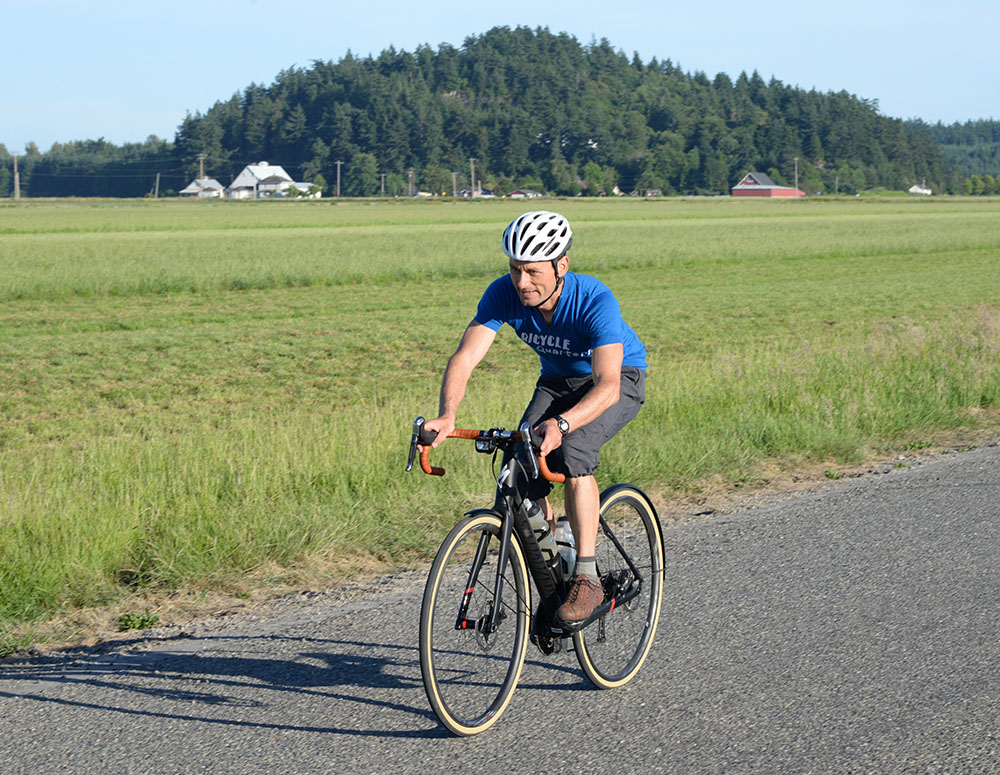
Perhaps the biggest change is that “accessories” like racks, fenders and lights no longer are treated as afterthoughts, but integrated into the bike from the beginning. That is the only way you can create a bike with the performance of a racing bike, but the added versatility of fenders and lights to take you on any adventure you can imagine. Small builders have been the first to make these fully integrated bikes, and now we are seeing the first production bikes that are truly equipped for rides off the beaten path. The Specialized Diverge we tested for the Autumn issue of Bicycle Quarterly came with fenders and lights that were integrated into the bike, rather than added later with poorly fitting clamps and brackets.
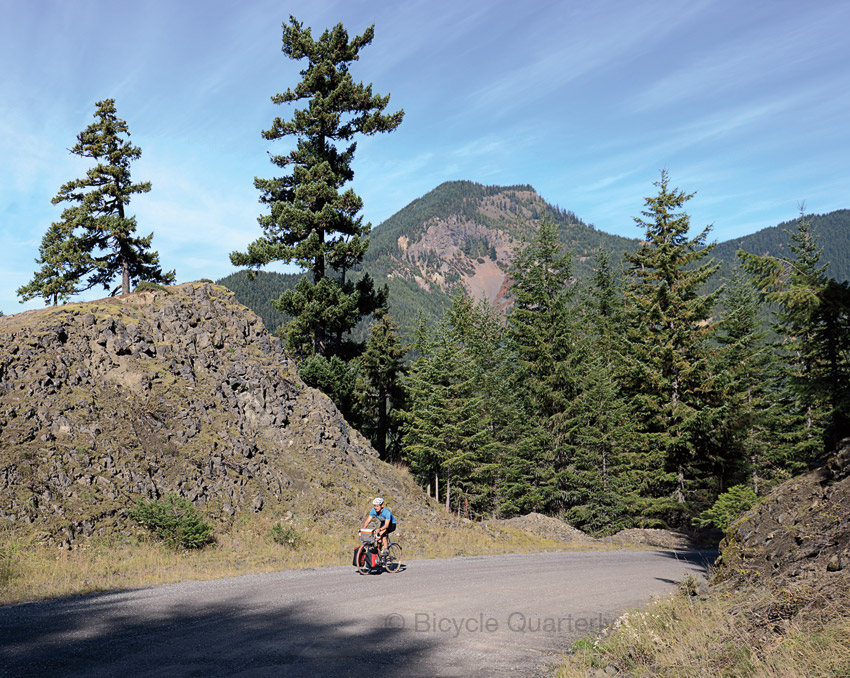
As our bikes have evolved, our riding has changed as well. No longer do we need to stay on smooth main roads. First, we explored the paved backroads of the Pacific Northwest, then we discovered a vast network of beautiful gravel roads. Places like Babyshoe Pass, Naches Pass (above) and Bon Jon Pass may not yet be household names among cyclists, but they now see a good number of riders pass every year. And that to me is the most exciting: Not just better bikes, but a new style of riding that is more fun!
We at Bicycle Quarterly are proud to have been at the front of this positive trend. Our job is far from done – we’ll continue to push the development of “Allroad” bikes further, and test the ones available to make sure they perform as well as they should.
For more information about Bicycle Quarterly, click here.


